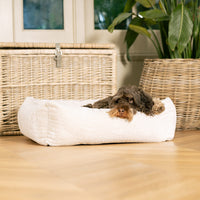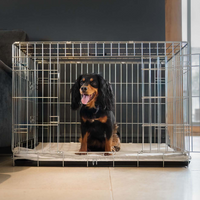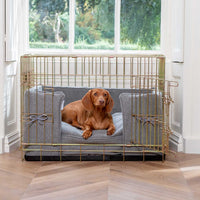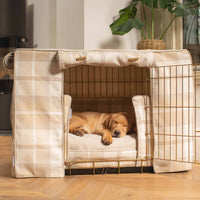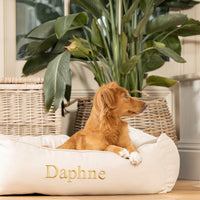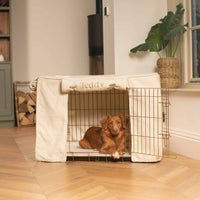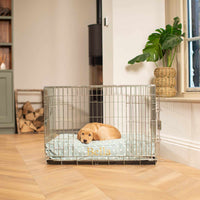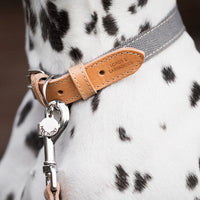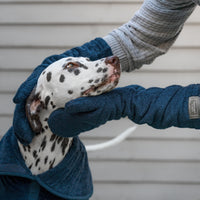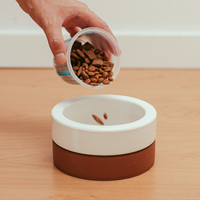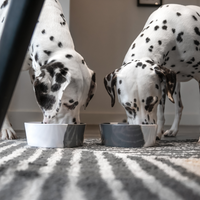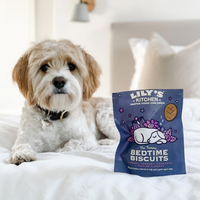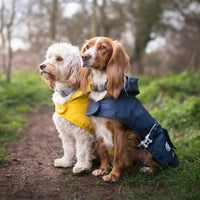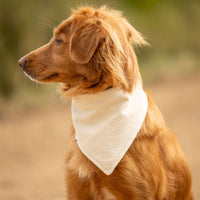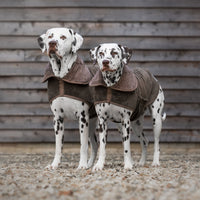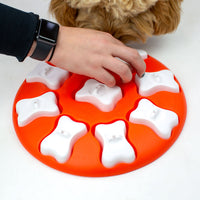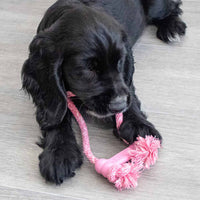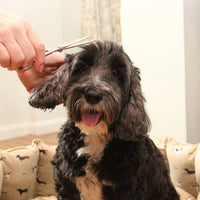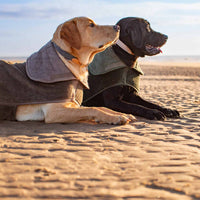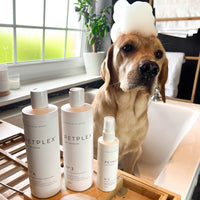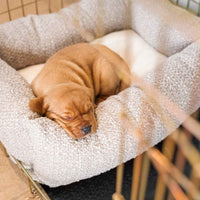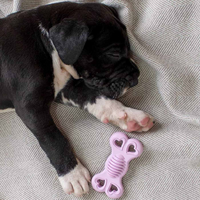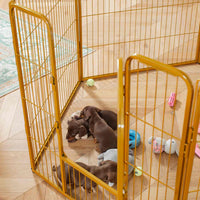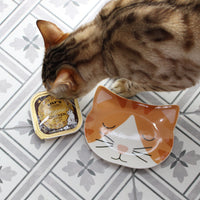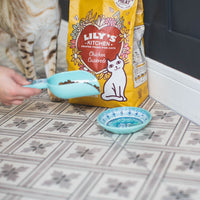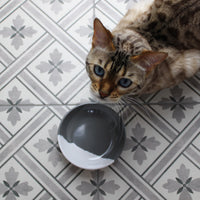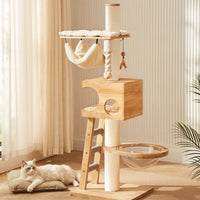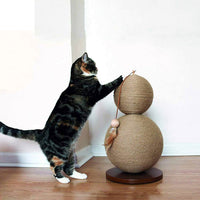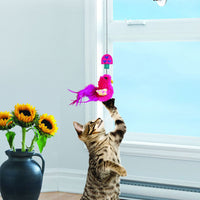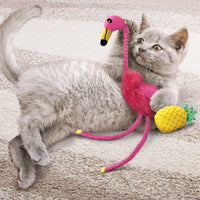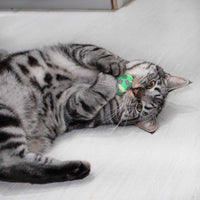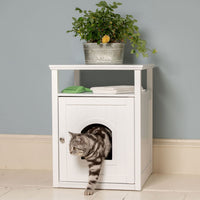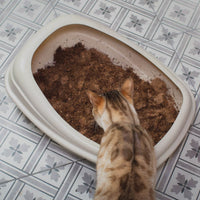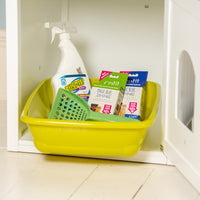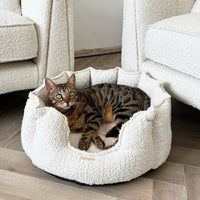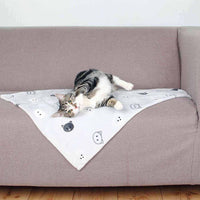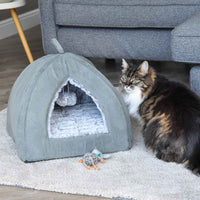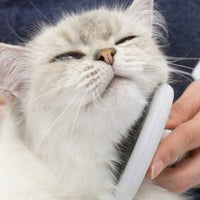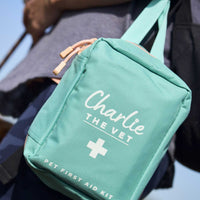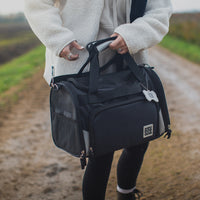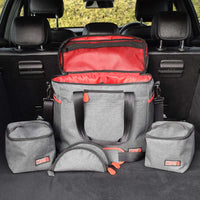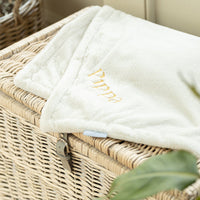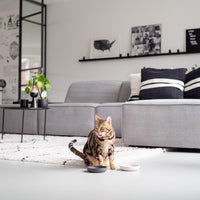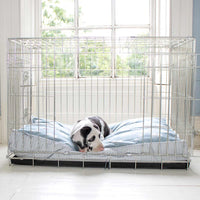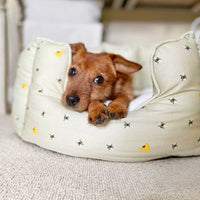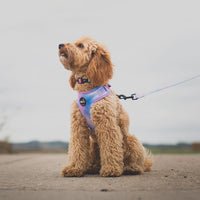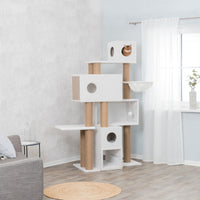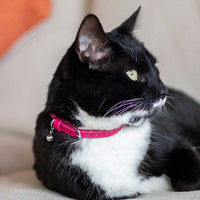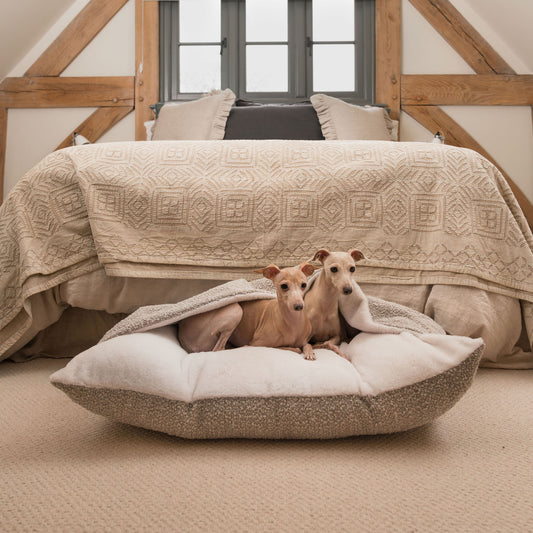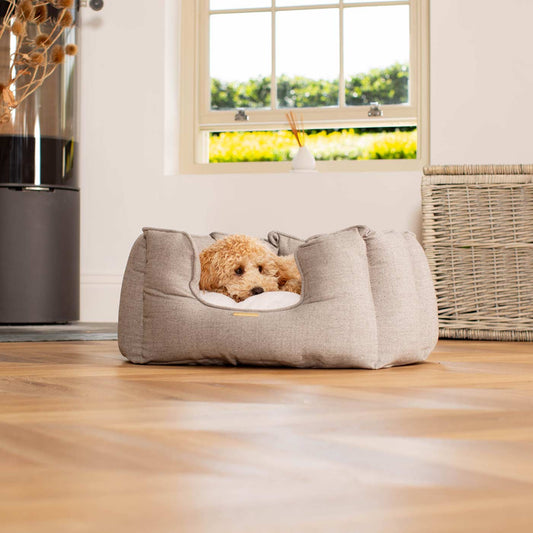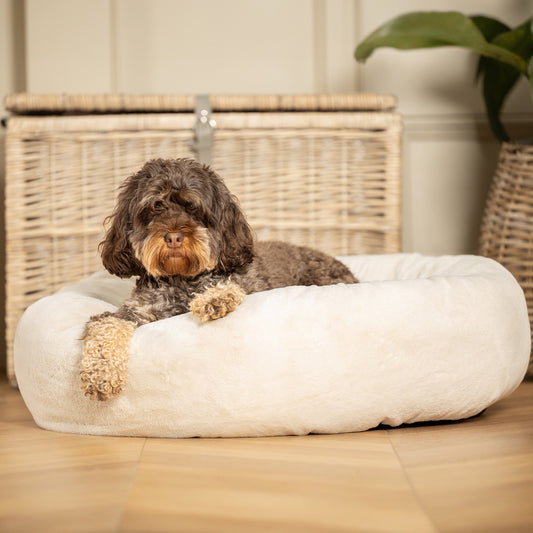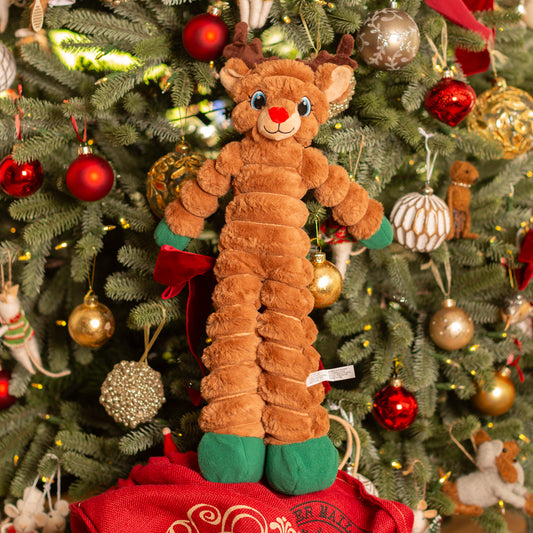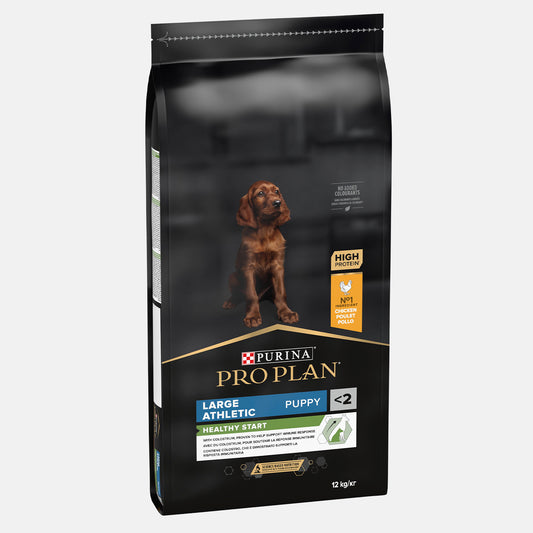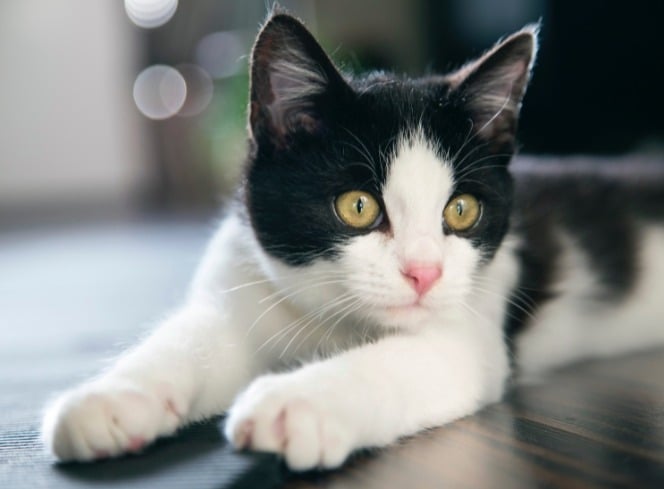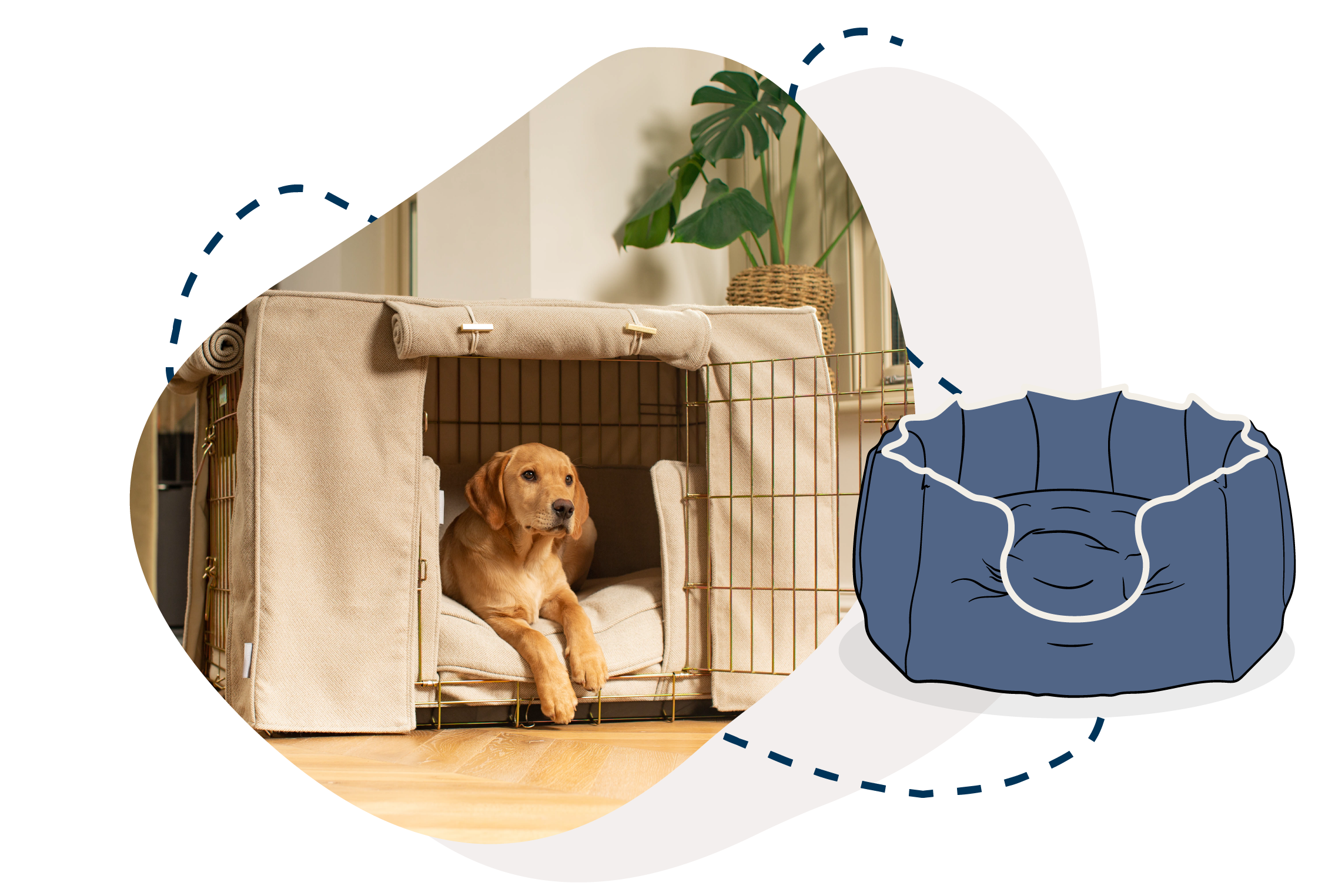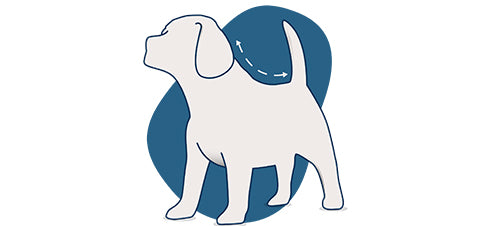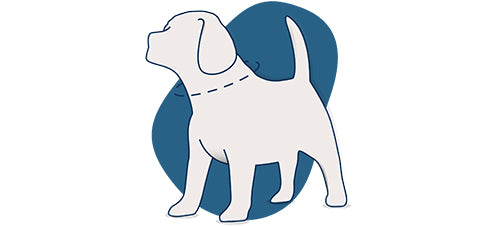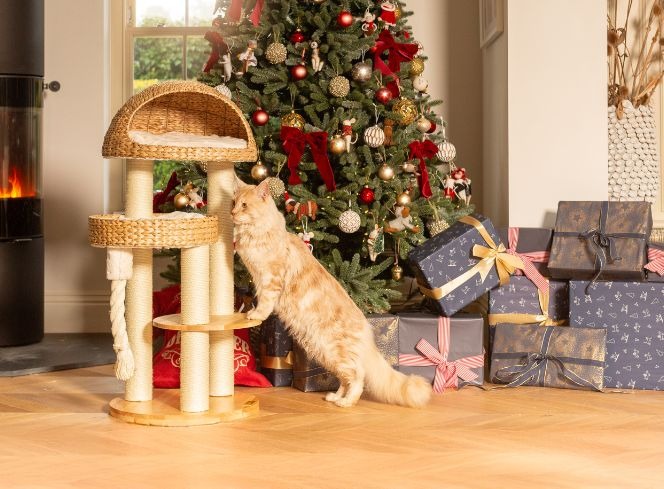
What Are You Getting Your Cat for Christmas?
As the festive season approaches, many of us are busy selecting the perfect gifts for our loved ones. But amidst the hustle and bustle, have you considered what to get your feline friend? Cats may not understand the concept of Christmas, but they certainly appreciate new toys, treats, and cosy accessories. This year, make your cat part of the festivities with some thoughtful cat Christmas presents from our Festive Feline collection that will keep them purring with delight. The Joy of Gifting Your Cat Cats bring endless joy and companionship into our lives. They greet us after a long day, entertain us with their playful antics, and offer comfort when we need it most. Christmas presents for your cat are more than just material items; they're a way to enrich their environment, stimulate their minds, and strengthen the bond you share. Top Christmas Present Ideas for Cats 1. Interactive Toys Interactive toys are excellent Christmas present ideas for cats who love to play and explore. Consider toys that mimic prey, such as feather wands or laser pointers, to tap into their natural hunting instincts. We have lots of fun Christmas toys for you to choose from for your cat, from festive mice themed toys to cute reindeers and Christmas trees. Puzzle toys that dispense treats can also provide mental stimulation and keep your cat engaged for hours, the Catit Senses 2.0 food tree is a great food dispensing toy that will appeal to your cat’s natural hunting instincts. 2. Cosy Beds and Blankets With winter's chill in the air, a plush bed or warm blanket makes a good cat Christmas present. Look for beds with high sides or hooded tops to create a secure, den-like environment. Our high wall beds for cats make the perfect den for them to snuggle in, the plush high walls are the cosiest for your cat to snuggle their head into. Heated pads or self-warming materials are perfect for older cats or those who love to bask in warmth. 3. Scratching Posts and Climbing Trees Get your cat their own tree this Christmas with one of our luxury cat trees. Cats need to scratch and climb—it's in their DNA. A new scratching post or climbing tree not only saves your furniture but also offers a place for exercise and relaxation. Opt for multi-level towers with perches, hammocks, and hiding spots for the ultimate Christmas present for the cat who loves to explore vertical spaces. Shop our range of cat trees and wall climbers to make your cat’s Christmas dreams come true. 4. Gourmet Treats and Premium Food Indulge your cat's taste buds with gourmet treats or a high-quality food upgrade. Natural, grain-free options or treats infused with catnip can be both delicious and beneficial for their health. Want to get some fun Christmas themed cat treats? Shop our Christmas dinner for cats collection to get the tastiest Christmas themed treats for your favourite festive feline. 5. Litter Robot 4 If you really want to spoil your cat this Christmas look no further than the Litter Robot 4. This is not only a present for your cat but a present for you too! You’ll never have to scoop your cat’s litter again. This is not just a litter tray, it’s a smart self-cleaning cat litter box that neutralises odours in real-time and reduces litter tracking. Designed for cats of all sizes, its unique technology guarantees a clean bed of litter with each use. It has app compatibility and an easy-to-access step make this a must-have for any cat owner. Now all there is to do is to pick which colour to get. Including Your Dog in the Festivities If you're a multi-pet household, you might be looking for dog and cat Christmas presents that both animals can enjoy. Shared toys, dual pet beds, or interactive feeders that encourage cooperative play can enhance the harmony between your furry companions. DIY Christmas Presents For a personal touch, consider making your own Christmas presents for your cat. DIY toys like yarn balls, cardboard box castles, or homemade treats allow you to customise gifts to your cat's preferences. Plus, crafting can be a fun holiday activity for the whole family. Safety Tips for Cat Gifts While shopping for good Christmas presents for cats, keep safety in mind: Avoid Small Parts: Ensure toys don't have small pieces that could be swallowed. Choose Non-Toxic Materials: Opt for items made from pet-safe materials. Supervise Playtime: Especially with new toys, supervise your cat to prevent accidents. Check for Allergies: Be cautious with new foods or treats if your cat has dietary sensitivities. Making Christmas Special for Your Cat Beyond gifts, there are other ways to make the holiday season special: Include Them in Traditions: Let your cat be part of the decorating (supervised, of course) or family photos. Create a Safe Space: With guests coming and going, ensure your cat has a quiet place to retreat. Maintain Routine: Stick to regular feeding and playtimes to reduce stress. Final thoughts on what to get your cat for christmas This holiday season, don't forget to place something under the tree for your whiskered companion. Whether it's an engaging toy, a cozy bed, or a delicious treat, the right Christmas present for your cat can make the festivities brighter for both of you. After all, the joy of Christmas is amplified when shared with those we love—furry friends included. So, what are you getting your cat for Christmas? With so many options available, you're sure to find the perfect gift that says "Thank you for being part of my life."At Lords & Labradors, we offer a curated selection of premium pet products that make ideal Christmas presents. Explore our range to find the perfect gift for your cat and make this holiday season truly memorable.


